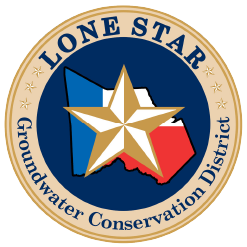A new U.S. Geological Survey groundwater model visualization tool is now available to help users visualize the inputs and outputs of complex groundwater models across the country.
Groundwater models are computer codes that simulate the physics of groundwater motion within an aquifer system. This new web-based mapping tool, called GWWebFlow, allows water managers and the public to visualize complex groundwater models in a more understandable way.
“This web-based platform gives water managers the ability to easily visualize groundwater model inputs and results,” said Jeremy White, USGS scientist and GWWebFlow team lead. “This was not previously possible for those without specific knowledge of and access to groundwater modeling software.”
Real-time water-quality, streamflow and water height information for Lake Houston and the surrounding San Jacinto watershed are now available from a new web application from the U.S. Geological Survey, done in cooperation with the City of Houston.
Lake Houston is the primary drinking-water source for Houston, Texas. Real-time data are required to evaluate the effects of watershed influences, such as land-use change and storm events, on Lake Houston water quality. These data will help water treatment facility operators make informed decisions about adjusting treatment methods in response to changing water-quality conditions.
Real-time measurements are updated hourly and visualizations are accessible from 40 USGS observation stations, which collect a combination of lake, stream, groundwater well, precipitation and water-quality data. The map viewer includes supporting data layers, such as current and forecasted weather conditions and hazard warnings. Users can view seven real-time water-quality observation stations: four located on streams that flow into, and three within, Lake Houston. The continuous water-quality monitoring stations are located in urbanized and rural parts of the watershed and measure various parameters such as turbidity, pH and others.
